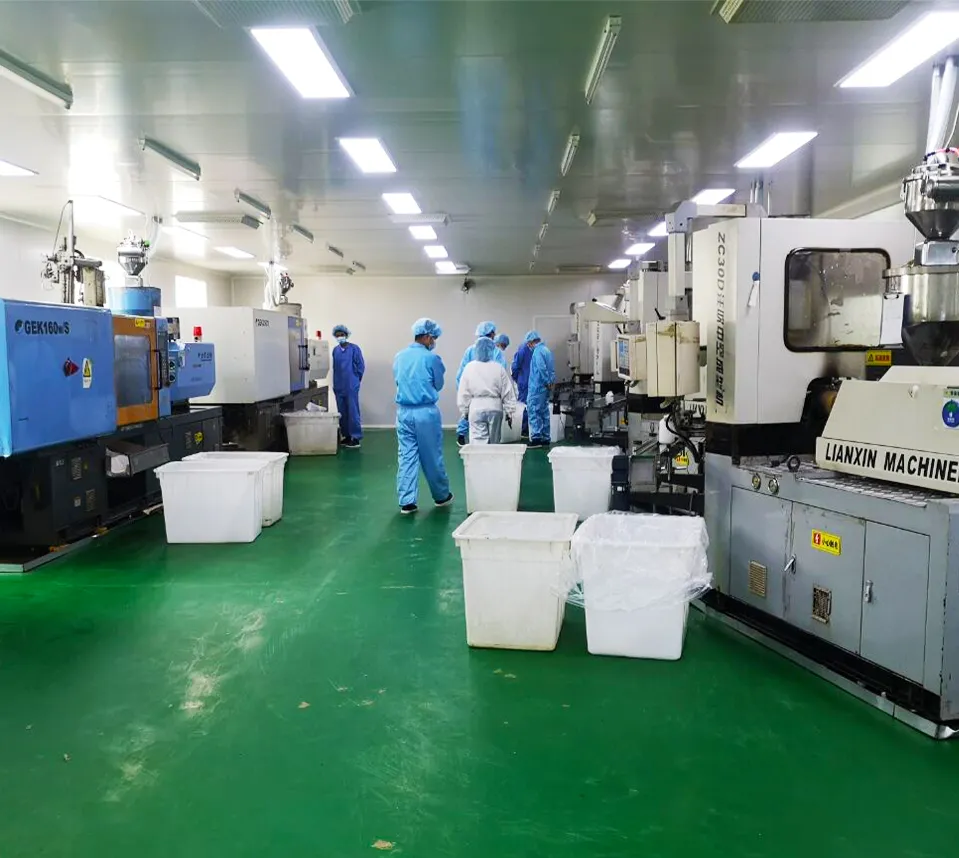phlebotomy lab supplies
Essentials of Phlebotomy Lab Supplies
Phlebotomy, the practice of drawing blood for medical testing, requires a wide array of specialized and high-quality supplies to ensure patient safety, accurate results, and efficient workflow. In this article, we will explore essential phlebotomy lab supplies, their purposes, and considerations for selecting the right materials.
1. Blood Collection Tubes
Blood collection tubes are one of the most critical supplies in phlebotomy. These tubes come in various sizes, colors, and additives to accommodate different tests. The color of the tube typically indicates the type of additive contained within, which can affect the blood sample's properties. For example
- Light Blue Tube Contains sodium citrate, primarily used for coagulation tests. - Red Tube No additive; often used for serum testing. - Green Tube Contains heparin for plasma tests. - Lavender Tube Contains EDTA and is used for complete blood counts and blood smears.
When selecting blood collection tubes, it is crucial to ensure they are not expired and handle them with care to prevent hemolysis, contamination, or erroneous results.
Phlebotomy needles vary in gauge, which indicates the thickness of the needle. A larger gauge (smaller number) is more suitable for blood draws, while a smaller gauge (larger number) is used for intravenous access. Safety-engineered needles are increasingly used to minimize the risks associated with needle sticks.
Syringes can also be used for blood collection, especially when dealing with fragile veins or when a vacuum system is not available. It is essential to choose syringes that are appropriately sized for the volume of blood needed for testing.
3. Tourniquets
Tourniquets are used to temporarily impede venous blood flow, making it easier to locate a vein. They should be easy to use and made from materials that can be cleaned or disposed of appropriately. Disposable tourniquets made from latex or non-latex materials are popular for ensuring infection control and patient comfort.
4. Alcohol Swabs and Antiseptics
Before drawing blood, the skin must be sanitized to minimize infection risk. Alcohol swabs (70% isopropyl alcohol) are commonly used, but alternative antiseptics, like chlorhexidine, may be preferable in some cases, particularly for blood cultures.
phlebotomy lab supplies

5. Gauze and Bandages
After the blood draw, applying pressure with gauze helps minimize bleeding, and bandages are used to protect the site. It's essential to use sterile gauze and bandages to reduce the risk of infection. Elastic bandages are also useful for different types of dressings, ensuring patient comfort post-procedure.
6. Sharps Containers
A critical component of phlebotomy is the safe disposal of needles and other sharp instruments. Sharps containers should be puncture-resistant, labeled, and bright in color to prevent accidental exposure. Proper disposal not only complies with health regulations but also protects healthcare workers and patients alike.
7. Personal Protective Equipment (PPE)
Safety is paramount in phlebotomy, making personal protective equipment crucial. This includes gloves, masks, gowns, and eye protection to shield against potential biohazard exposure. Non-sterile gloves are standard for most blood draws, while sterile gloves may be used for more invasive procedures.
8. Labels and Marker Pens
Proper labeling of blood samples is essential in preventing mix-ups and ensuring accurate test results. Labels should be legible and placed on the collection tube immediately after the blood draw. Waterproof, smudge-proof markers are preferred to resist degradation during transport.
9. Specimen Transport Bags
After collection, samples must be prepared for transport to the lab. Specimen transport bags should be durable, moisture-resistant, and equipped with biohazard signs. It's essential to keep specimens at the correct temperature and conditions to maintain their integrity before analysis.
Conclusion
The success of phlebotomy procedures relies heavily on using the right lab supplies. From blood collection tubes to personal protective equipment, each item plays an integral role in ensuring the safety of both the patient and the healthcare provider. Understanding the purpose and proper use of these essential supplies not only fosters a more efficient workflow in medical settings but also enhances the accuracy and reliability of laboratory testing outcomes. Investing in quality supplies and maintaining compliance with health regulations further guarantees optimal patient care in phlebotomy practices.
-
Aesthetic Makeup Spray Bottles | Fine Mist Empty RefillableNewsAug.19,2025
-
White Plastic Veterinary Vaccine Vials | Lab Liquid BottlesNewsAug.18,2025
-
Plastic Medicine Liquid Bottle: Secure Flip Top Drug VialsNewsAug.17,2025
-
Durable 250ml Blue Plastic Vaccine Vial for Lab & Vet UseNewsAug.16,2025
-
Sterile Virus Sample Tubes: Secure & Reliable Specimen CollectionNewsAug.15,2025
-
White 250ml Plastic Vaccine Vial for Lab & Vet MedicineNewsAug.14,2025
























